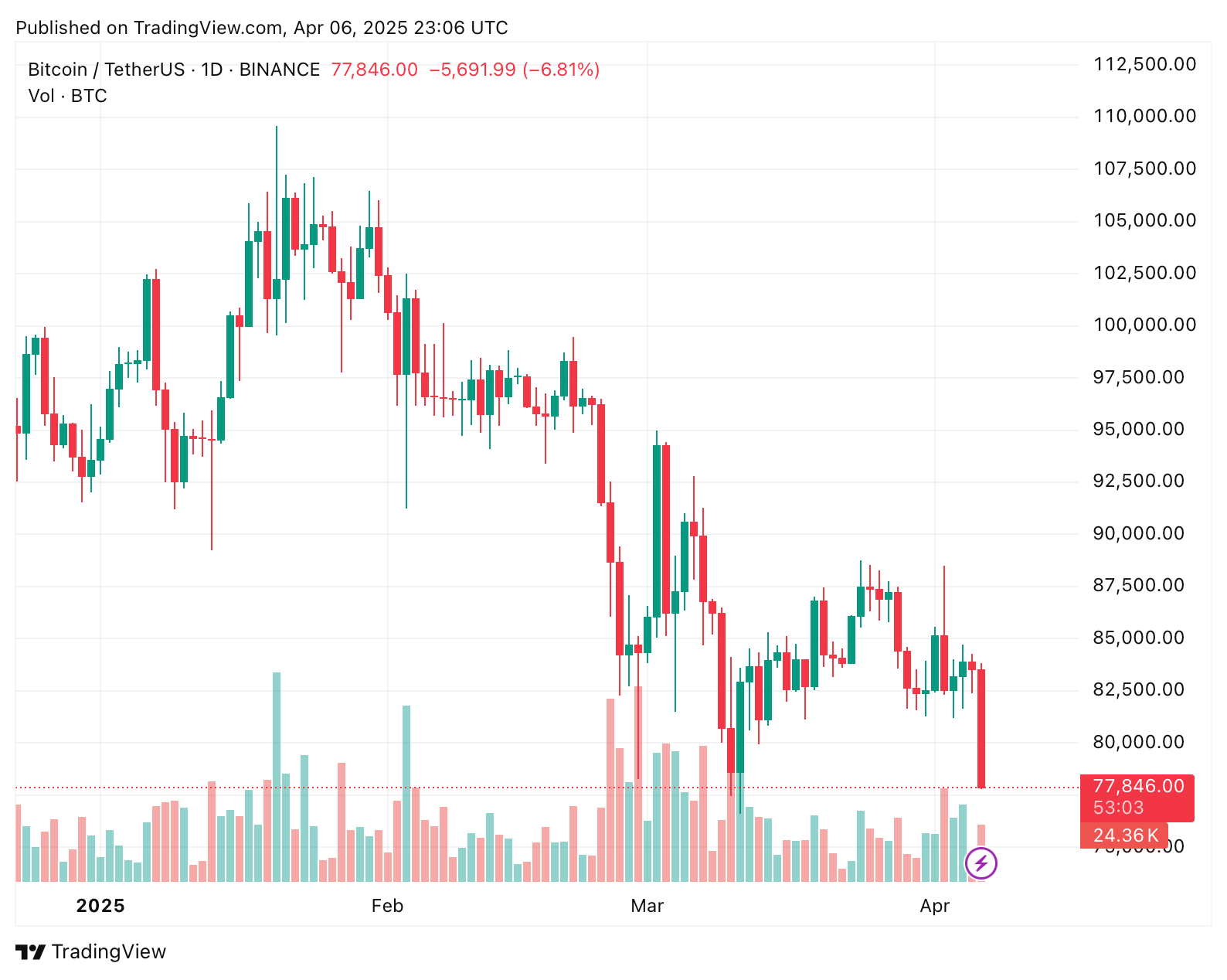 CaryptosHeadlines Media Has Launched Its Native Token CHT.
Airdrop Is Live For Everyone, Claim Instant 5000 CHT Tokens Worth Of $50 USDT.
Join the Airdrop at the official website,
CryptosHeadlinesToken.com
CaryptosHeadlines Media Has Launched Its Native Token CHT.
Airdrop Is Live For Everyone, Claim Instant 5000 CHT Tokens Worth Of $50 USDT.
Join the Airdrop at the official website,
CryptosHeadlinesToken.com
- U.S. March PMI was 49.0, below expectations of 49.5.
- Manufacturing sector shows signs of contraction.
- Implications might affect broader U.S. economic forecasts.


U.S. March ISM Manufacturing PMI was reported at 49.0, below the anticipated 49.5, marking a downturn from February’s 50.3.
This decline underscores possible challenges for the U.S. economy and financial markets, indicating weaker manufacturing activity.
U.S. March PMI Signals Manufacturing Sector Contraction
The ISM Manufacturing PMI for March registered at 49.0, signaling a contraction in the sector. The figure declined from February’s 50.3, marking a significant shift in manufacturing momentum. ISM report highlights key supply management trends. Timothy R. Fiore, Chair of the ISM Manufacturing Business Survey Committee, commented on the results, emphasizing the contraction in both new orders and production indices.
“The Manufacturing PMI® registered 49 percent in March, 1.3 percentage points lower compared to the 50.3 percent recorded in February. The overall economy continued in expansion for the 59th month after one month of contraction in April 2020.” — Timothy R. Fiore.
A drop below 50 indicates a contraction in manufacturing, potentially affecting the broader economy. The unexpected decline contrasts with the previous two months of expansion in January and February. This unexpected downturn could impact forecasts for the U.S. economy, with analysts revising predictions based on the updated data.
Market reaction was swift, with potential pressure on the U.S. dollar. Timothy R. Fiore further noted the implications of prolonged contraction, emphasizing the importance of the PMI as a leading economic indicator. Financial analysts are closely monitoring the situation for any policy adjustments or economic interventions that may follow.
Historical Trends and Economic Implications of March’s PMI Drop
Did you know? Following a 26-month contraction, PMI expansion for January and February 2025 marked a recovery before the March contraction. Historical patterns suggest shifts in market confidence tied to PMI trends.
Since April 2020, the economy had shown continuous expansion until recently. The dip in March could indicate a pivotal moment for manufacturing. Historical patterns highlight that PMI fluctuations often precede shifts in economic growth rates, with many viewing it as a key economic signal.
Current market analysis suggests potential regulatory and fiscal responses. Experts predict cautious optimism if upcoming data reverses this trend. In-depth analysis indicates the potential for strategic adjustments in U.S. monetary policy, considering the PMI’s insights into manufacturing and broader economic health.












